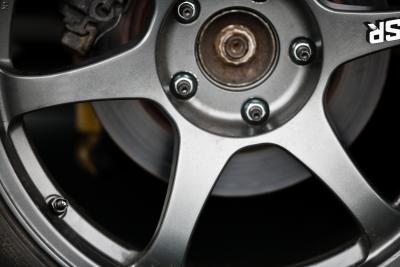
The pitman arm on your 1995 Chevy Tahoe is the leading component of its steering system. It is the main connection between the steering box and the front end. The pitman arm turns left and right as the steering box spins, and it pushes the front end components in that same direction. When the pitman arm goes bad, there are several key symptoms to look for.
When the pitman arm goes bad, it is typically because its connection between the steering box or center link has worn out. When this connection wears out, it can allow the wheels to move slightly in any direction. These slight movements will cause the Tahoe to wander slightly from side to side while driving on a flat, straight road.
There is a dust boot covering the ball connection between the pitman arm and the front end. When that dust boot fails, it allows grease to escape and debris to enter the joint. This lack of lubrication and excess debris compromise the steering and can make steering your Tahoe much harder than usual.
Play in the steering wheel is indicated when you can turn the steering wheel a certain amount without the front end moving. This play is typically caused by a worn out pitman arm. It is either the end that connects to the steering box which has stripped out, or the ball and socket joint has worn out to the point where the pitman arm has free movement.
Tire wear is a rarer symptom of a worn pitman arm due to the minimal amount a tire can move even when the pitman arm is compromised. However, if unremedied, a bad pitman arm can cause extremely uneven wear as the wheels continue to move slightly in any direction. To prevent this, the pitman arm must be replaced when the first symptoms arise.
A pitman arm is designed to provide a certain amount of resistance from inadvertent movements as well. This resistance prevents unintended steering wheel movements by the driver. When the ball and socket begin to wear out, this resistance slowly disappears. This is very common in older vehicles and large SUVs, such as the Tahoe; a driver with little automotive repair experience may think that it is just good power steering when, in fact, it is a failing pitman arm.